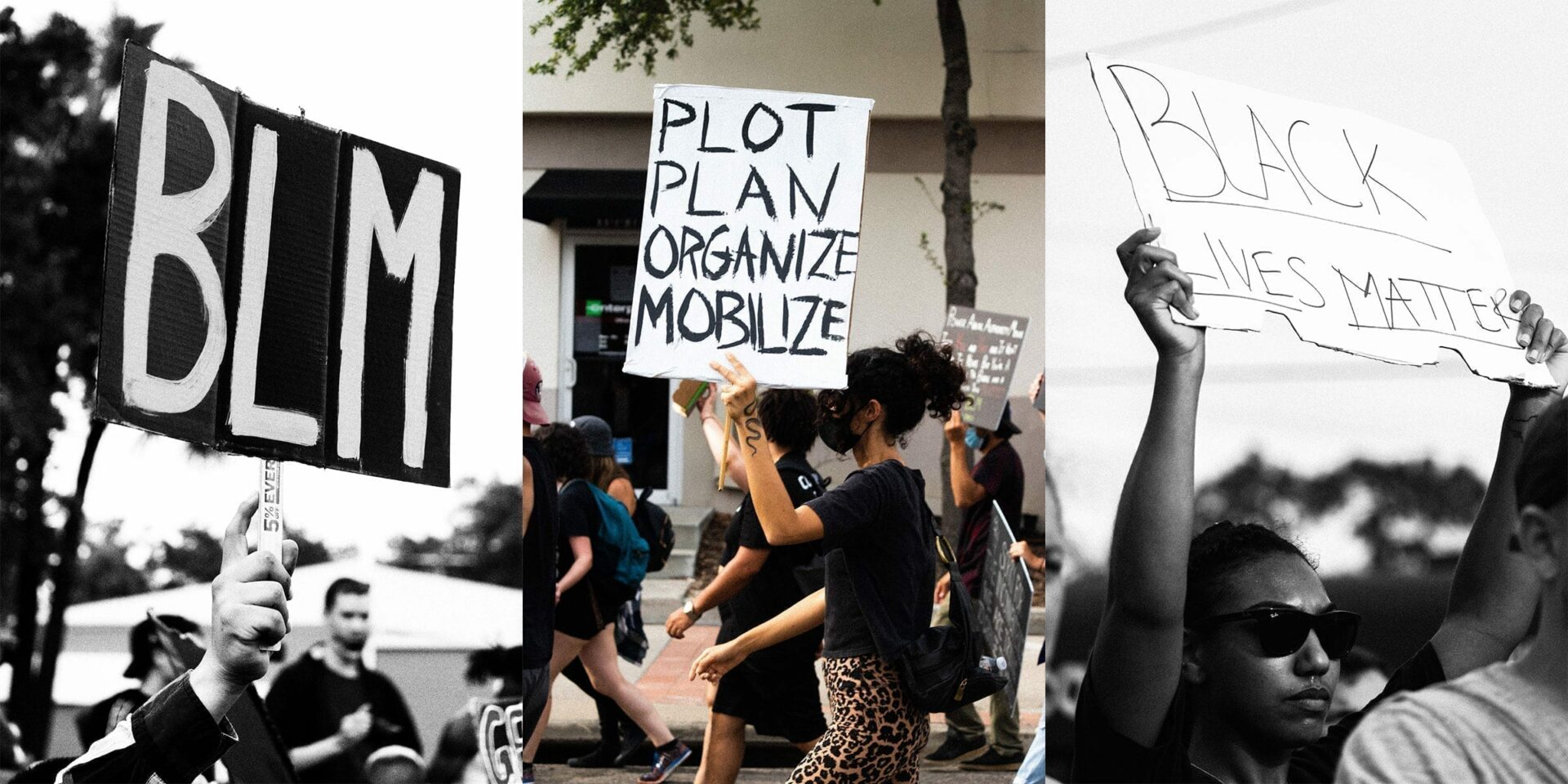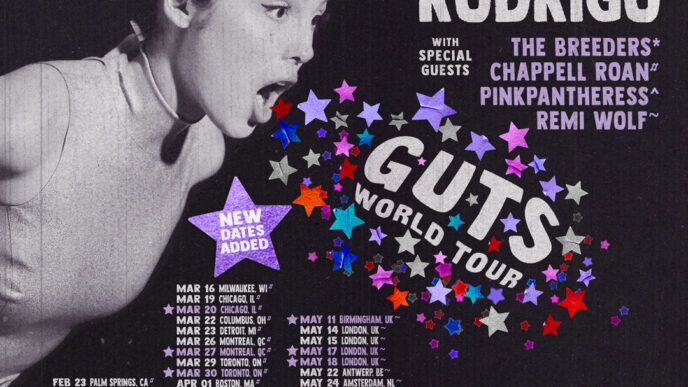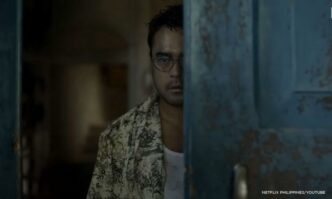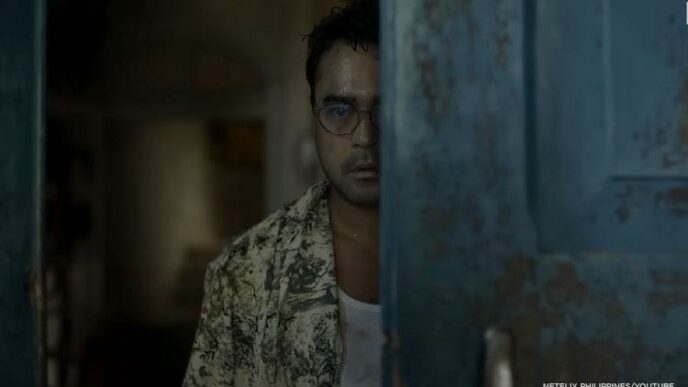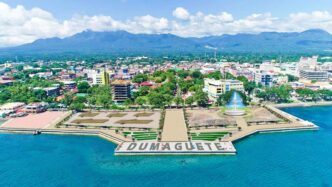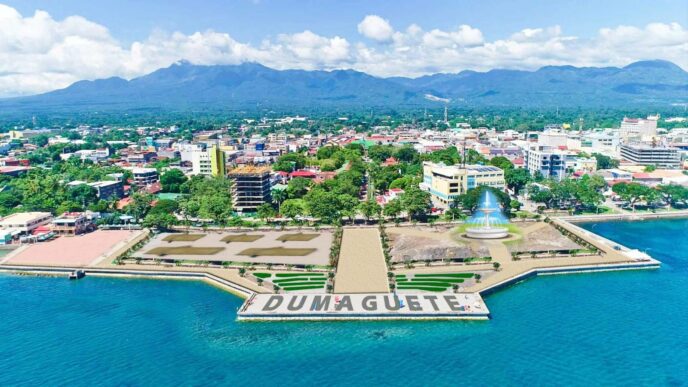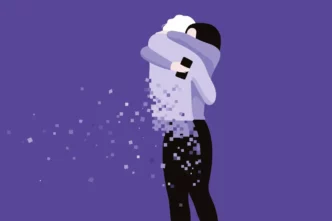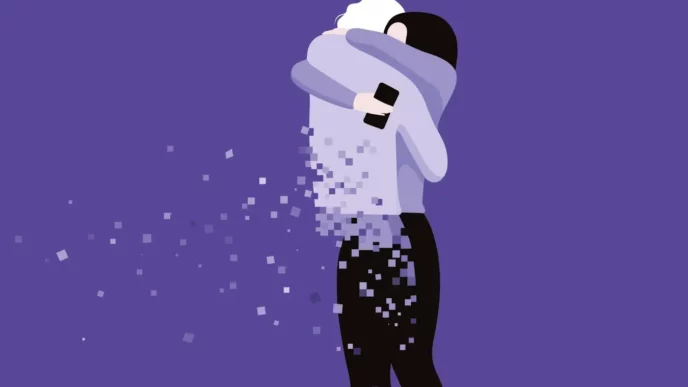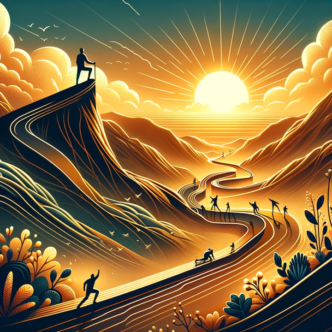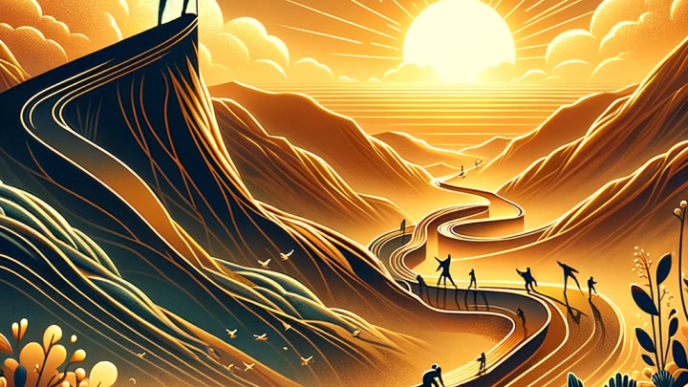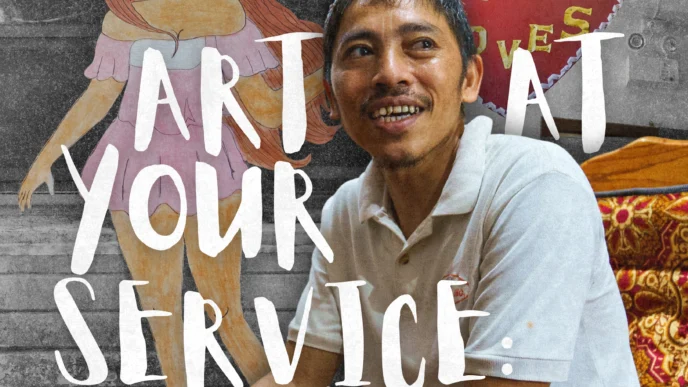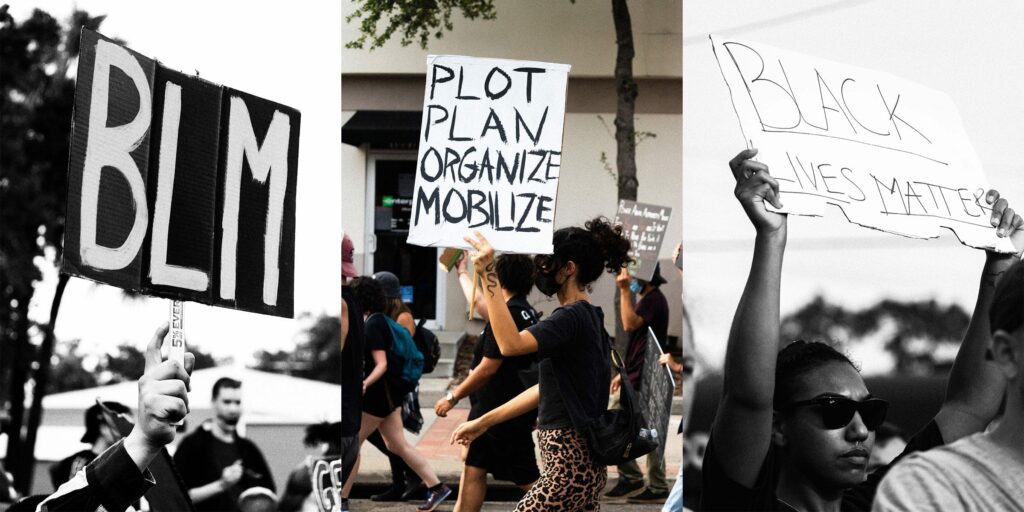
By Danielle Bonior and Cynthia Shank
With a raised fist, blood splattering across the canvas, our mysterious activist’s identity fades into obscurity, eclipsed by the violence of an assassination attempt. The anonymity, however, is not what matters. This faceless figure — head held high despite the shadow of death — represents anyone, everyone. Such is the brutal reality of activism in the Philippines. Titled “Target” by N.M. Cabangbang, the artwork starkly portrays the peril that activists face, where standing for a cause can mean becoming a target in a hostile world.
In a world where art and activism are often seen as two distinct spheres, DAKILA Dumaguete’s ArtEspekulasyon seeks to bridge that gap, cultivating a space where creative expressions become a powerful tool for social change. Established as an art festival in the Philippines, ArtEspekulasyon has quickly evolved into a platform that encourages artists, activists, and communities to collectively reimagine society, challenge the status quo, and spark meaningful conversations.
Last year, the Active Vista Human Rights Festival aimed to reveal the truths buried beneath misinformation and disinformation, shedding light on society, politics, and democracy. This year, Dakila shifts the focus, urging Filipinos to speculate on what’s already visible — examining the actions of our politicians and the current political climate.
On the humid evening of Sept. 21, people were invited to speculate, through art, on where the nation is headed. From the fine arts piece “Gestures” to Youth Advocates Through Theater Arts’ “I Juana b in the Mirror” and the poignant music of the Lomboys, the goal was clear: piece together the collective message and speculate on our future as a nation.
“We always say ‘never forget, never again.’ But look who’s president now — the Marcoses are back,” said DAKILA Dumaguete President and Sillimanian John Edison Tubil.
Truly, how can we move forward as a nation if we fail to remember and learn from the past? “Since People Power, activism has dwindled, and we’ve grown complacent. Veteran activists have told me that after we won democracy, they failed to protect it. Now, it’s our turn to defend it,” he added.
Historically, activism and art go hand-in-hand, serving as a bridge to the people behind the statistics, connecting people to the nitty, gritty, brutalities of injustice so society can continue to witness, reflect, and respond.
“We dehumanize the killings by reducing them to mere numbers. Films, songs, and all forms of art help depict this and humanize those kinds of situations,” said Tubil. “You forget that those are actually lives.”
Films, music, poetry, and stories are powerful storytellers that shape the narratives we live by. Whether through documentaries or even superhero movies, we form opinions based on the stories they tell. In the Philippines, our idea of a hero is distinct. Our heroes are Bayanis — derived from the word “Bayan,” meaning nation. Unlike Western superheroes who often act alone, the Filipino Bayani serves the people, and their victories come not from individual might, but from the collective strength of the nation.
As we commemorate Martial Law, let us embody the Bayani spirit. Engage in meaningful conversations, challenge the false narratives that plague Filipino politics, and remember that our democracy was won through the power of the people — through the Bayan.
“Fifty-two years after Martial Law’s proclamation, we’re still here, still remembering,” said Tubil. “Don’t dismiss it as your grandmother’s time — it’s relevant now.” Today, the same human rights violations are being committed. The bloody footprints of extrajudicial killings persist, in place of faded steps. Hence, the discussion of human rights is always gonna be relevant.
For human rights and democracy, and as youth borne from the pains of the past, let us keep hope alive, and continue to be the people who remember the fight. Truly, never underestimate the power of a pen and a paintbrush in our battle for democracy; its strokes can ignite change.


